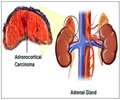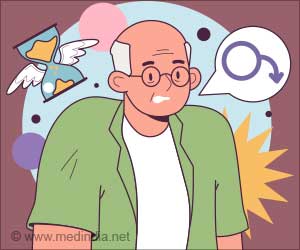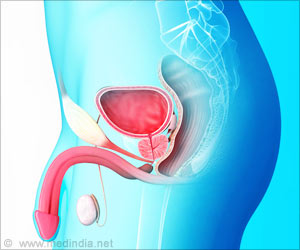Testosterone replacement therapy (TRT) could be a boon for older men with low levels of the hormone. TRT may help build muscle mass and augment bone strength in such people, a new study has found.
Testosterone therapy has been used to improve bone strength and muscle mass in some men. However, the hormone treatment is controversial, because it has been associated with increasing the risk of prostate cancer and high levels of red blood cells and its other effects are not fully known.Now, in one of the first clinical trials involving men over 60-85 years of age, the preliminary results have indicated that testosterone treatment for five months has a positive effect on the bone markers of older men.
This is the first known study to report on the impact of bone metabolism based on dosing schedules.
For the study, lead author E. Lichar Dillon, of the Department of Internal Medicine at the University of Texas Medical Branch in Galveston, and colleagues studied 13 men, ranging in age from 60 to 85.
During the five-month trial, the men were either given weekly injections of testosterone, weekly injections of testosterone every other month, or a placebo.
The researchers found that men receiving testosterone had reduced bone turnover, compared with men on a placebo.
Advertisement
"These preliminary data show beneficial effects of testosterone therapy on bone turnover markers in older men with low-to-normal testosterone concentrations using both continuous and monthly cycled testosterone replacement," Dillon said.
Advertisement
The results were presented at the 121st Annual Meeting of the American Physiological Society.
Source-ANI
RAS/L











